- MON-SAT: 10AM - 5PM | SUN: 11AM - 4PM
- 1349-1353 High St, Malvern, VIC 3144
- (03) 9041 9995 | AH: 0412378798
- [email protected]
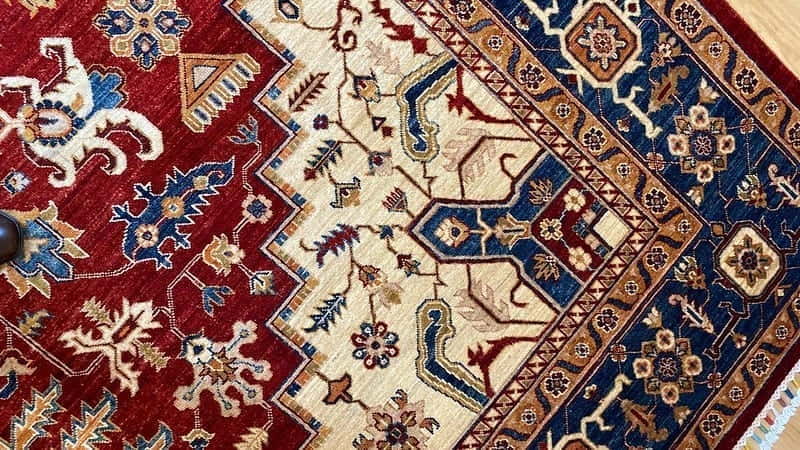
Artistic Expression in Afghan Rugs has an array of beautiful and unique options that are distinctive to the area. Hand-woven Afghan carpets and rugs have developed over the centuries into some of the most widely known pieces for their price, their exotic look, and their rich textures. Afghanistan is very close in proximity to Iran – the home of the world-renowned Persian carpets and rugs. However, the style and design of Afghan rugs are much more similar to those found in East Asia.
Table of Contents
Toggle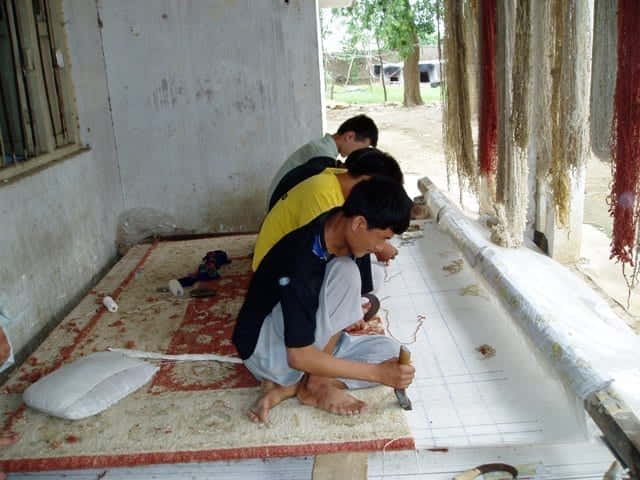
The precise date that Afghan rugs began to be developed is unclear. However, historical accounts indicate that women artists have been weaving rugs in Afghanistan for centuries, pouring their heart and their feelings into the textiles that they create. The genuine honesty behind the Afghan rugs still pervades the industry today.
Many Afghan rugs are truly original with a deep symbolic significance. Historically, the Afghan rugs are believed to tell stories of great heroes, military personnel, and illuminating prophets or themes to reflect current events. Creativity abounds in the production of rugs in Afghanistan, and they are one of the trust forms of self-expression.
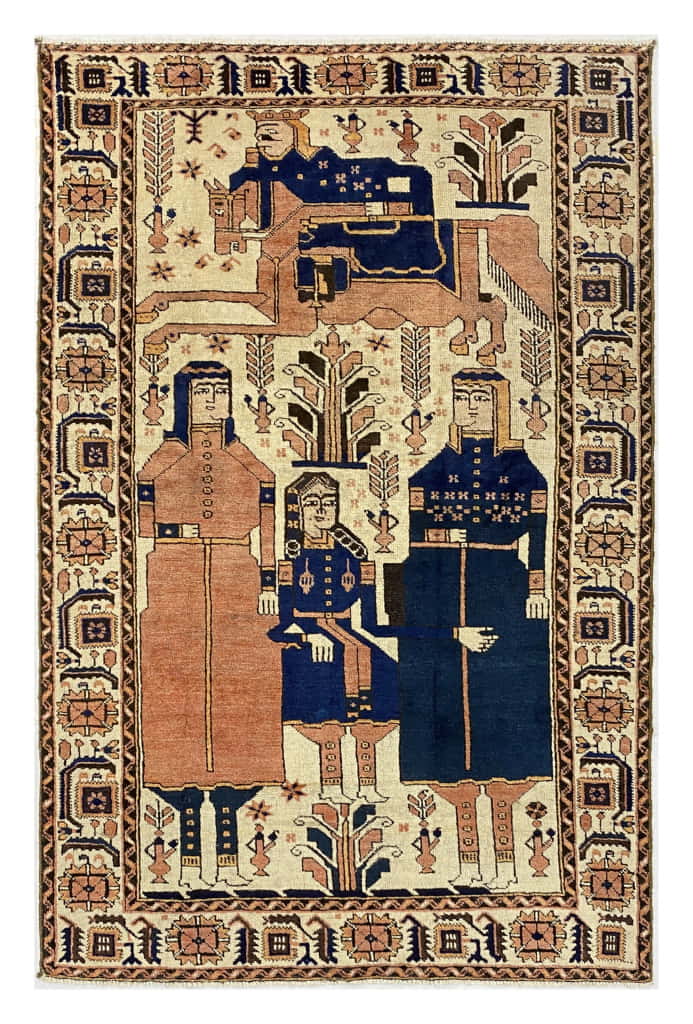
Traditionally, carpets and rugs were exchanged between nobles as their most prized gifts. For exmaple, portraits, prayer rugs, or imagery of architecture and cities. Far more prized than the utilitarian purpose of the rugs was the artistic expression tied to the piece. In addition to painting a storyline with elaborate weaving, many cultures and sensibilities are imbued into the weaving of this region.
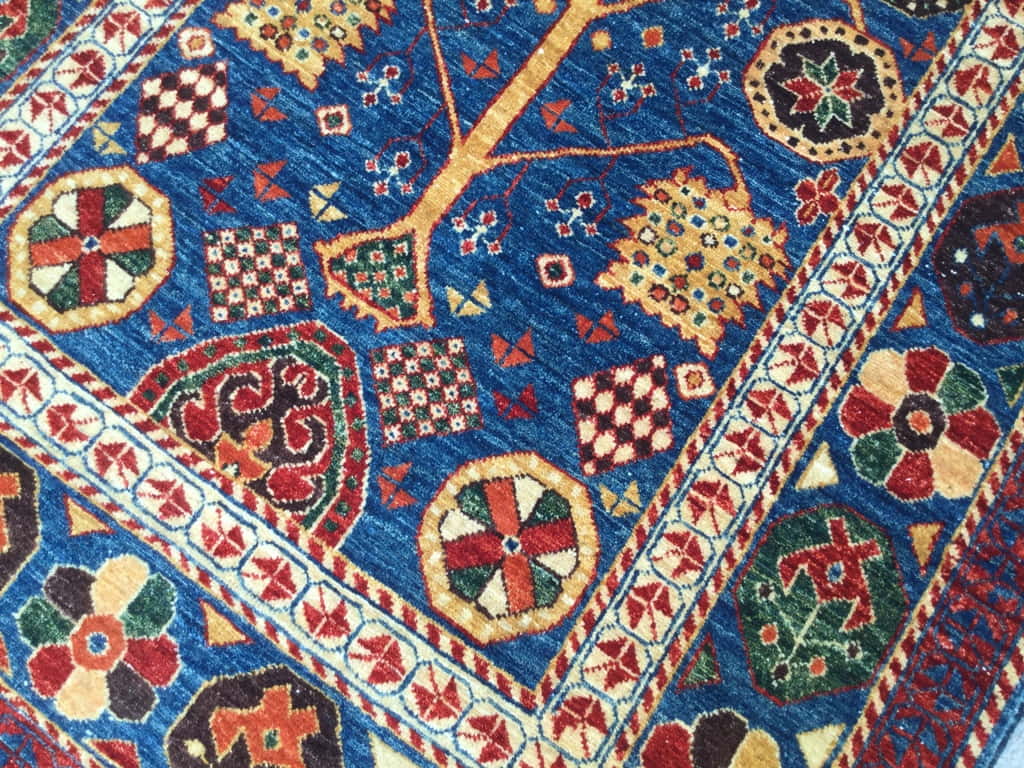
Traditionally, the subtle hues used by the Afghan workers are red or ivory colour. Other colours such as a deep, exotic blue or a rich green may also be used to create borders and patterns on the rug. Most of the handwoven rugs made in Afghanistan are crafted with wool warps and wefts.
The strength and durability of wool is the reason that so many Afghan weavers prefer this type of material. In addition, the wool can easily be dyed with natural or synthetic blends of colour to create richly hued and brilliantly designed textiles.
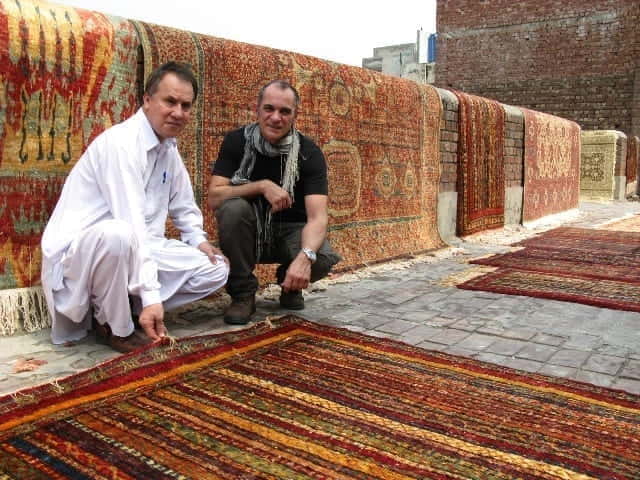
Natural dyes have been used in Afghan rugs throughout the ages, with vegetable dyes being the most prominent. Hand-knotted or spun Afghan wool is imbued with natural dyes extracted from the roots of plants to create naturally beautiful and subtle hues.
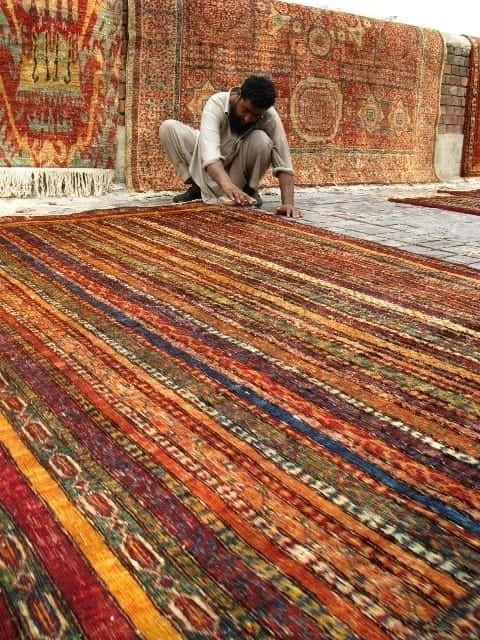
Artistic Expression Afghan Rugs are very common, although many people prefer larger carpets. Pile carpets knotted in Afghanistan can take quite a few months because the weavers are meticulous when creating their art. A large carpet or another type of floor covering may take nine months to complete, which gives a glimpse into the true dedication of the Afghan weaver’s innovative nature.
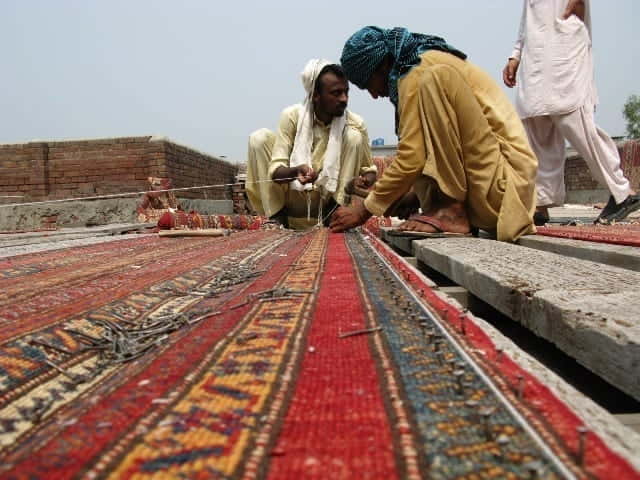
During the late 1970s, Afghanistan experienced civil unrest, which encouraged several citizens (and weavers) to leave the area. Many people settled in the surrounding regions, and this prompted the creation of a new type of Afghan war rugs.
A fascinating style and a unique design set the new Afghan rugs apart from all of the other Oriental and Persian rugs in the world. The simplistic designs of other regions with geometric patterns, beautiful floral shapes, military figures, and other traditional imagery could not depict the turmoil surrounding the region.
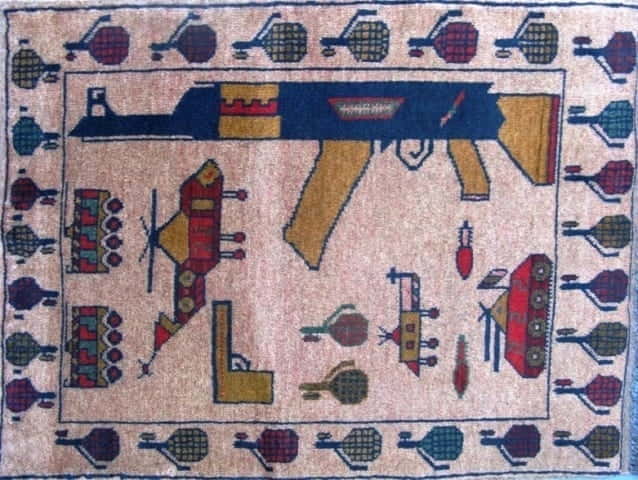
Rug producers, provoked by decades of traders and invaders in the country, adapted traditional motifs and compositions, translating them into depictions of world maps, tourist sites, and weapons. Through years of armed war and cultural upheaval, Afghan war rugs design has unquestionably benefited local weavers and displaced craftspeople in maintaining their economic viability through their war-related iconography.
Rug makers in Afghanistan then began to produce handwoven rugs depicting the harsh realities of war and has clearly aided the economic survival of area weavers and displaced craftspeople through years of armed conflict.
Such war rugs have gained international attention and popularity by occupying military troops, journalists, international collectors, foreign aid workers, curators of contemporary art, and others. And the level of creativity and symbolism had extended tremendously with the introduction of wartime memorial rugs. Since then they have become the museum’s permanent collection.
The tragic geopolitical conditions in the region have led to a ‘renaissance’ in rug making. Refugees fled to neighboring Pakistan during the great turmoil and unrest caused by the wars in the Middle East live in tents on the outskirts of the region, segregated by language and heritage.
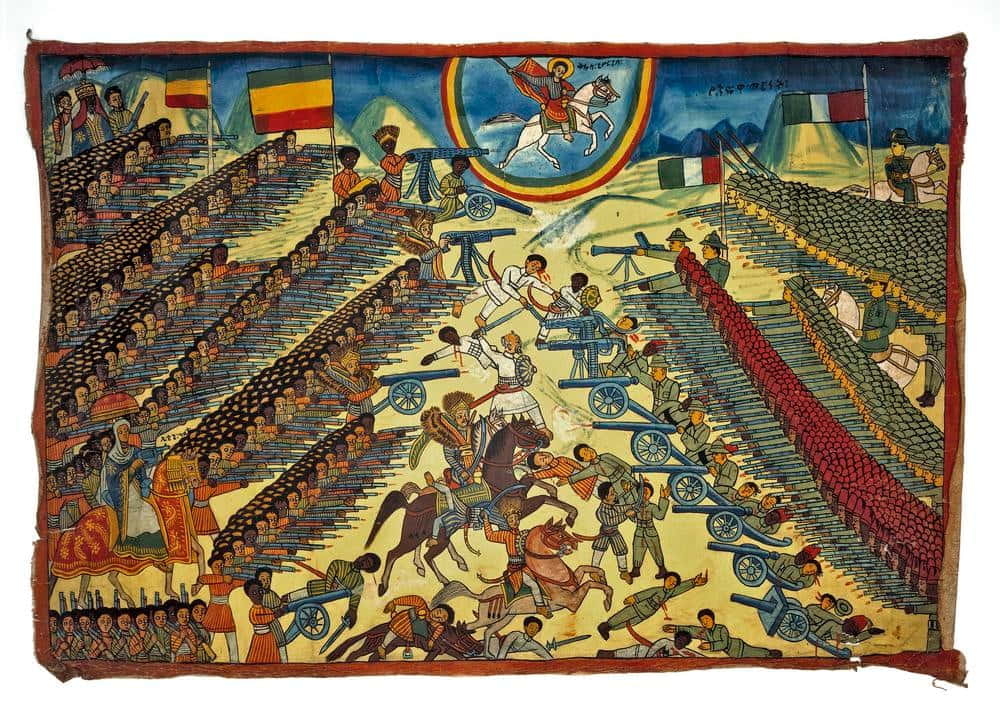
There are hundreds of thousands of weavers in the region, and they have developed this novel approach to creating fine textiles. With an immensely varied assortment of oriental rugs in production, the refugees are ensuring the longevity and prosperity of the carpet industry.
The weavers are seeing a remarkable demand for their products, although they remain in Pakistan until the political turmoil in their country abates. An inspiring story along with a meticulous weaving process has made Afghan war rugs some of the most valued textiles in production.
The innovation and perseverance of the Afghani people are seen in the remarkable growth of carpets and rugs.
The Balouch rugs are also an essential element to the Afghan rug industry, and they provide a somewhat different blend of colours, styles, and structures. The woolen material used in other traditional Afghan rugs is still used in the Balouch rugs.
However, the design is more somber with darker hues and geometric patterns providing a distinctive flavor. The western region of the country is home to the Baloch people, and they are responsible for the unique Baluchi rugs.
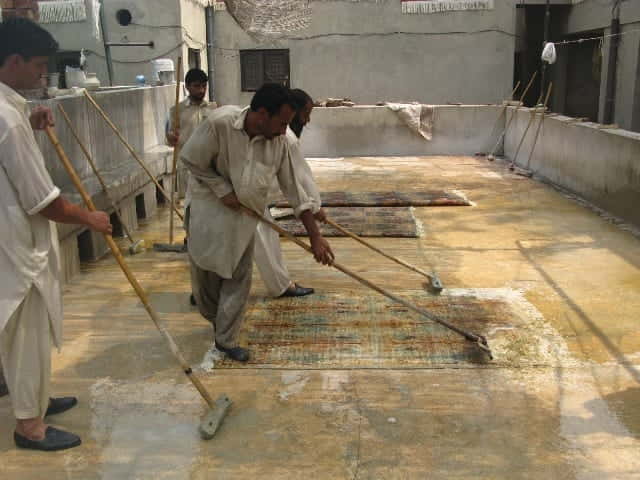
In addition to the Baluchi rugs, several other centers in the region produce a multitude of rugs in various shapes, sizes, styles, and colors. Herat is home to the most renowned type of Afghan rug design, the exotic Shindand. These rugs are named after the people that create them, similar to the Balouchi rugs, and they are a very beautiful style of Oriental rug.

The rugs in this region are characterized by a unique elongated look to the animals and humans that are depicted in the rugs. This is one aspect that adds to the distinctive flair of rugs created in Herat. Many of the rug makers in Afghanistan differentiate themselves based on their ethnic group. The Turkmen, Uzbeks, Arabs, Kazakhs, and Kyrgyz are all widely known for their contributions to the rug industry in Afghanistan.
To view our collection of Afghan Carpets click here.